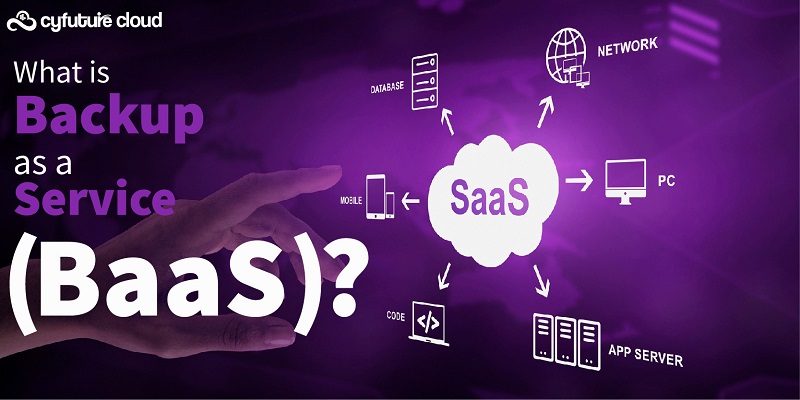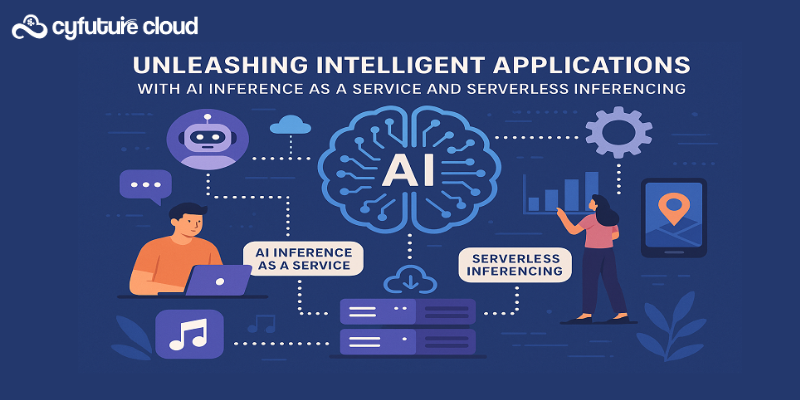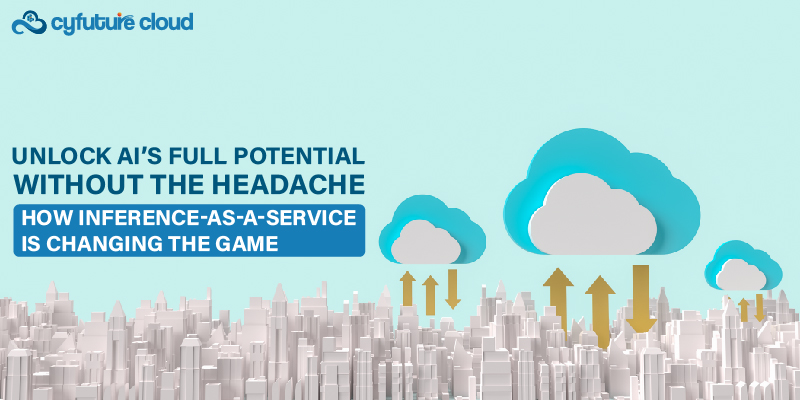Table of Contents
Today, businesses face the challenge of managing fluctuating workloads and ensuring optimal performance. Cloud bursting emerges as a strategic solution, offering the flexibility to handle these dynamic demands. But what is cloud bursting? In essence, it allows enterprises to extend their on-premise IT resources to the public cloud during peak times or specific scenarios, seamlessly managing increased workloads without over-provisioning their in-house infrastructure.
This approach, known as cloud bursting in cloud computing, provides a way to balance internal resources with the vast capabilities of the public cloud. By leveraging the public cloud as a backup, businesses can enjoy peace of mind, knowing they can scale their resources efficiently and effectively whenever needed.
This blog delves into the concept of cloud bursting, exploring its working mechanism, benefits, and drawbacks. We’ll also discuss specific use cases where cloud bursting can be particularly advantageous, providing a comprehensive overview of how this approach can enhance your IT strategy.
What is Cloud Bursting in Cloud Computing?
As the name implies, cloud bursting allows enterprises to extend their on-premise IT resources to the public cloud only when they need them to do so under specific circumstances, allowing them to rely on the public cloud whenever needed as well as providing peace of mind.
There may be two types of on-premise IT resources that are being discussed here: an in-house server setup, or a dedicated private cloud that makes use of virtualized resources to leverage the benefits of on-premise IT resources. Despite the fact that cloud bursting is, in theory, a good concept, there are a number of disadvantages and advantages associated with it.
Here, we will be covering some of the salient features of cloud bursting, along with a few of the pros and cons that it has to offer. It will also be discussed in detail how this phenomenon can have a positive impact on the outcomes that are desired within specific scenarios.
How Does Cloud Bursting Work?
There are certain thresholds that IT infrastructure & operations managers define based on the workloads they consider to be mission critical. The importance of this is especially evident when it comes to operations that deal directly with customers and can have a direct impact on their overall experience.
In the event that the defined usage thresholds of a workload or application are reached, as soon as they are achieved, a predefined segment of that workload or application is immediately replicated over to the public cloud environment of a Cloud Service Provider (CSP) such as Cyfuture Cloud.
There is a seamless transition that is the result of this process, and end users are unaware of the transition because it is obfuscated. The public cloud resources are immediately de-provisioned as soon as this spike in demand decreases to a level below the threshold defined by the cloud provider.
Benefits of Cloud Bursting
Cloud bursting is a cost-optimization tool that helps enterprises deploy clouds efficiently. In order to accomplish this, they maintain only the minimum amount of IT resources within their organisation, since they know they have a secure back-up in place in the event that the number of users suddenly increases.
It is also important to keep in mind that when an enterprise uses public cloud services in this way, they are just consuming those resources temporarily. Most of these public cloud providers have a “pay as you go” pricing model for their infrastructure or solutions, which is very useful in the case of a “pay as you go” pricing model.
Additionally, cloud bursts can help enterprises maintain a strong Business Continuity (BC) posture, in that the risk of a mission critical service going down completely or users experiencing a deteriorated experience in the event of a sudden spike in demand is mitigated.
Outlining the benefits of cloud bursting:
| Benefit | Description |
|---|---|
| Scalability | Enables seamless scaling of computing resources by utilizing additional capacity from the cloud when on-premises resources are insufficient. |
| Cost Efficiency | Allows organizations to avoid over-provisioning on-premises infrastructure, paying only for extra resources used in the cloud when needed. |
| Resource Optimization | Optimizes resource utilization by dynamically allocating resources from the cloud during peak demand, ensuring efficient operations. |
| Flexibility | Offers flexibility to accommodate sudden workload spikes or seasonal demand without upfront infrastructure investments. |
| Improved Performance | Enhances application performance by leveraging cloud resources during high-demand periods, maintaining service levels and responsiveness. |
| High Availability and Redundancy | Ensures availability by leveraging cloud resources as a failover or backup during unexpected surges or hardware failures on-premises. |
| Disaster Recovery | Facilitates disaster recovery strategies by enabling failover to the cloud in case of on-premises infrastructure failures or disasters. |
| Competitive Advantage | Provides the agility to quickly respond to market demands, enabling businesses to stay competitive in rapidly changing environments. |
Downsides of Cloud Bursting
The data that is transferred between enterprise resources and the cloud provider could pose a significant security risk due to the possibility of sensitive information moving back and forth. There are several challenges that need to be overcome in order to ensure data security, privacy, and governance are met across both environments at the same level.
Even though lots of workloads can be transferred to the public cloud when there is a high demand for the service, network and bandwidth-related limitations may still result in a sub-par end user experience (UX) in the event of high demand. This problem is mainly due to the unavoidable latency issue.
When to Use Cloud Bursting?
After understanding the mechanics of cloud bursts and examining their advantages and disadvantages, let’s explore specific scenarios where cloud bursting can be a beneficial strategy. Cloud bursting is particularly feasible for workloads that are not subject to stringent regulations or compliance requirements.
To fully capitalize on the benefits of cloud bursting, enterprises should implement automated mechanisms that trigger once critical usage thresholds for mission-critical processes or applications are reached. This automation ensures optimal performance and resource utilization during peak times without the need for manual intervention. Manual execution of these tasks, while possible, demands significant human effort and may not yield the same efficiency and effectiveness.
Equally important is the automation of de-provisioning cloud resources when usage levels return to normal. This not only helps in cost management but also ensures that resources are efficiently allocated.
Furthermore, cloud bursting can be an excellent option for handling unexpected surges in demand, such as seasonal spikes in e-commerce or sudden increases in data processing needs. By seamlessly extending on-premises capacity to the cloud, businesses can maintain performance and user experience without investing in permanent infrastructure that may go underutilized during off-peak periods.
In addition, cloud bursting can support disaster recovery and business continuity plans. By leveraging cloud resources, organizations can ensure that critical applications remain operational even in the event of on-premises failures.
Overall, adopting cloud bursting with a well-planned automation strategy can lead to enhanced flexibility, cost savings, and resilience in managing dynamic workloads.
Conclusion

A cloud bursting project can be a fruitful proposition when the right circumstances are in place, aided by automation, and conducted under the right conditions. Understanding what cloud bursting entails is crucial: it allows workloads to overflow into a public cloud when local resources are insufficient, offering scalability and cost efficiency. This technique, known as cloud bursting in cloud computing, can significantly enhance an organization’s flexibility and resource management.
However, deploying enterprises must exercise extreme caution regarding data security and regulatory compliance postures. For reliable, secure, and robust public cloud solutions, contact Cyfuture Cloud.
Recent Post
Send this to a friend

 Server Colocation
Server Colocation CDN Network
CDN Network Linux Cloud Hosting
Linux Cloud Hosting Kubernetes
Kubernetes Pricing Calculator
Pricing Calculator
 Power
Power
 Utilities
Utilities VMware Private Cloud
VMware Private Cloud VMware on AWS
VMware on AWS VMware on Azure
VMware on Azure Service Level Agreement
Service Level Agreement 



















